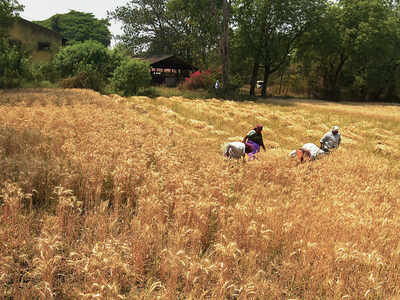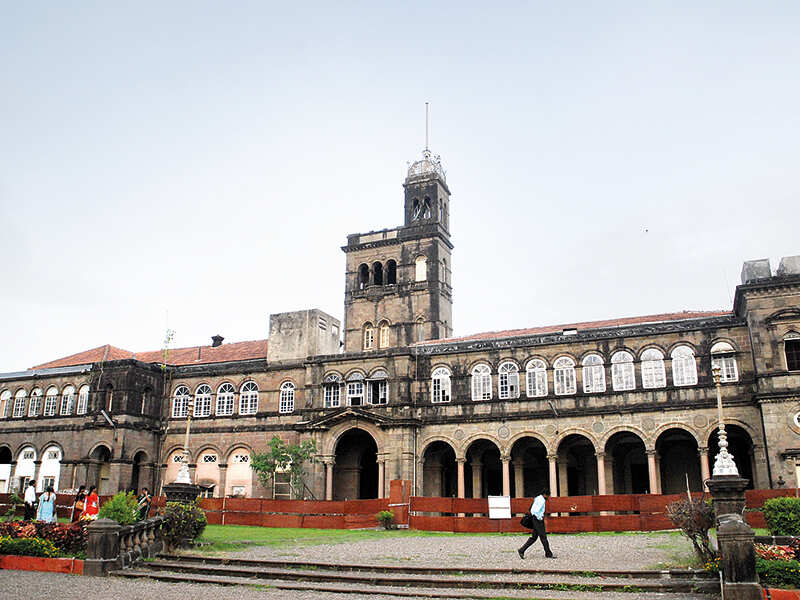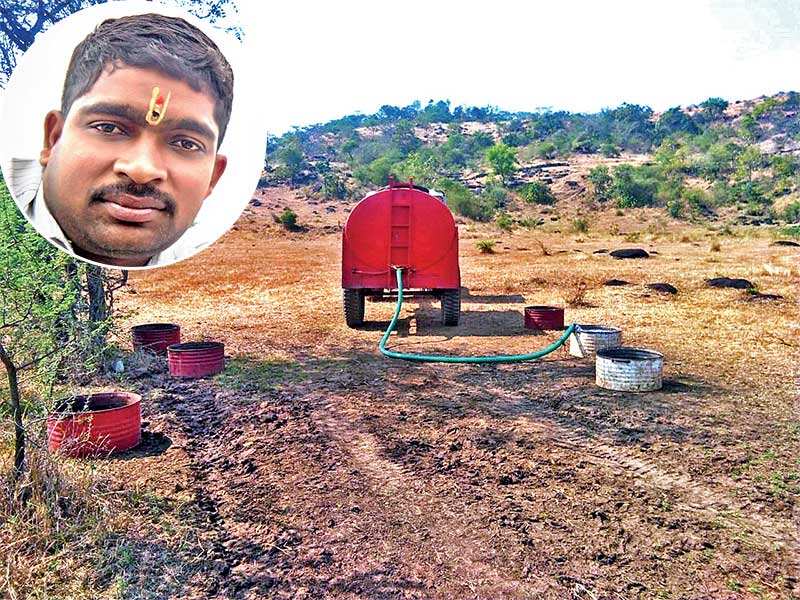Bhakri and daal to soon cost more, due to drought

With many areas receiving merely 500 mm of rainfall, crops such as jowar, wheat and maize have shrunk by fairly large margins
While yield in the Kharif crop has fallen, land used for sowing Rabi has shrunk to almost a quarter
Prepare to pay more for the essential cereals on your plate, courtesy thedrought that has hit both Rabi and Kharif crops. The area under Rabi cultivation has shrunk so bad that the price of jowar (a quintessential millet used in Marathi kitchens to make bhakri ) has shot up by 25 per cent, and is expected to go up further as summer approaches.
With the yield of Kharif crop down by 20 per cent the price of pulses such as moong, udid, toor and jowar are already on the escalation path. In addition to this the sowing ofrabi crop has gotten contained to only 28 per cent of the land demarcated for it in the districts of Pune, Solapur and Ahmednagar, informed officials at the Agriculture department. Out of the 17 lakh hectares of land meant for Rabi crop, sowing has happened in only five lakh hectares, they elaborated.
This is being attributed to the drought and the less rainfall recorded lastmonsoon . As such these are drought-prone areas that receive merely 500 mm of rainfall. “The drought has reduced the sowing of jowar, wheat and maize. While sowing of jowar has come down to just 31 per cent of the land it is usually cultivated on, wheat has shrunk to 15 per cent and maize to 26 per cent. Other pulses have deployed only eight per cent of the land meant for them,” said Dilip Zende, divisional joint director (Pune division). What is worse the standing jowar crop has also started drying up due to lack of water at many talukas of these districts, he added.
Cultivation of other crops such as gram, sesame, onion, sunflower, flax seed andsafflower have also been similarly hit. “Currently the Kharif crop is being harvested and the early reports indicate that the yield will be down by 10-20 per cent, depending on the variety of the crop. This is expected to go up by the time the final reports arrive,” the official said.
Jowar grows on residual moisture from the monsoon but the situation is grim this year. “Not only has the sowing gone down, the ground condition does not augur well even for the standing crop, that have already started drying up,” Zende noted. He warned that Rabi yield will not fare any better than that of the Kharif.
Dadasaheb Sapre, deputy joint director, said that the situation being witnessed this year is unprecedented. “There were earlier instances of less sowing or crops drying during droughts, but large portions of land being left out of the sowing is very rare,” he observed. He also pointed out that less jowar production will also mean less fodder for cattle in summer.
Prepare to pay more for the essential cereals on your plate, courtesy the
With the yield of Kharif crop down by 20 per cent the price of pulses such as moong, udid, toor and jowar are already on the escalation path. In addition to this the sowing of
This is being attributed to the drought and the less rainfall recorded last
Cultivation of other crops such as gram, sesame, onion, sunflower, flax seed and
Jowar grows on residual moisture from the monsoon but the situation is grim this year. “Not only has the sowing gone down, the ground condition does not augur well even for the standing crop, that have already started drying up,” Zende noted. He warned that Rabi yield will not fare any better than that of the Kharif.
Dadasaheb Sapre, deputy joint director, said that the situation being witnessed this year is unprecedented. “There were earlier instances of less sowing or crops drying during droughts, but large portions of land being left out of the sowing is very rare,” he observed. He also pointed out that less jowar production will also mean less fodder for cattle in summer.
There were earlier instances of less sowing or crops drying during droughts, but large portions of land being left out of the sowing is rare. Also, less jowar will mean less fodder for cattle
You Might Also Like
From around the web
More from Pune Mirror
GALLERIES View more photos




























Recent Messages ()
Please rate before posting your Review
SIGN IN WITH
Refrain from posting comments that are obscene, defamatory or inflammatory, and do not indulge in personal attacks, name calling or inciting hatred against any community. Help us delete comments that do not follow these guidelines by marking them offensive. Let's work together to keep the conversation civil.